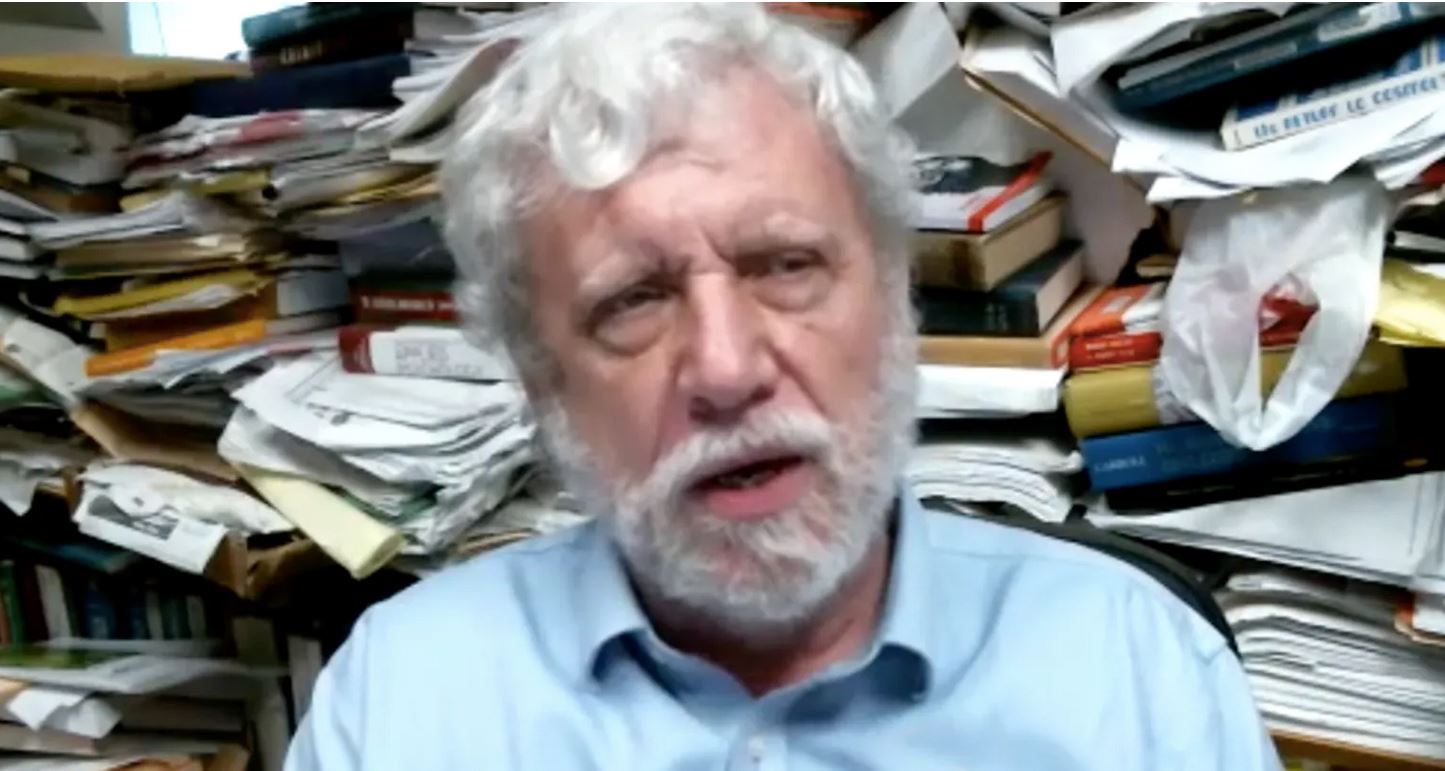Why Schools Should Be Wary Of Free Tech Products — And Startups Shouldn’t Make Them
When I was a middle school science teacher, I oftentimes found myself digging into my own pockets to pay for equipment — Bunsen burners, test tubes, dead frogs. And that didn’t change when one-to-one iPad programs in schools became popular; in fact, it added yet another item, software, to my to-buy list. So, you can imagine my excitement when I found free online products, especially those that seemed flashy.
It didn’t even cross my mind back then that using free tools (and more importantly, asking my students to use free tools) could be problematic and even potentially dangerous — more so than the free consumer products I was finding online and using in my own time.
But in the world of edtech, “free” isn’t only a danger to the users — it’s quickly becoming more and more of a danger to the makers of edtech, as well. The concept of free doesn’t always pay — especially for those entrepreneurs looking to pay back hungry investors.
Whether you’re a user of edtech products or an entrepreneur exploring the opportunity to create a free tool for educators, I offer you a small piece of advice by calling upon an old adage: “There’s no such thing as a free lunch.”
-
Hundreds Of Notre Dame Faculty Sign Letters Opposing Amy Coney Barrett Nomination
-
Coursera Founder Launches Zoom Challenger For Higher Ed
To the users: Nothing is really free
There really is no so thing as a free education technology product for the user — because what’s more valuable than money? Data. If educators bring free tools into classrooms or schools, they maybe be giving their students’ data away — without even realizing it.
Take Edmodo, for example. Edmodo, a popular digital communication platform among students, teachers and parents, has collected accolades for offering a free place to connect and share assignments. But up until recently, it was rather unclear as to how the company planned to make money and survive long-term.
Then came May 2017, when a hacker stole information from 77 million Edmodo user accounts. And to make things worse, reports from bloggers revealed that Edmodo had been tracking student and teacher users with cookies from DoubleClick (which advertisers and ad brokers use to conduct ad delivery to websites) in order to make some money.
When it comes to student data privacy, are we comfortable offering up a student’s information in order to get access to an edtech tool? Or are there perhaps alternatives? Do users check whether these edtech companies have data breach policies before they sign up to use them?
And beyond that, who should have the ultimate say over a student’s data? A first grader is not well-enough equipped to decide how his or her online software activities should be consumed, so is it up to the parent, or the teachers and administrators?
Before any education system decides to bring free edtech products into the fold, the aforementioned questions should be a key part of the discussion.
To the makers: Venture capitalists aren’t thrilled about free, either
With all that said, producers, you might want to be wary of the free concept, as well, if you want to stick around.
As my EdSurge colleague, former entrepreneur and Imagine K12 alumnus Molly Levitt explained back in April of 2016, the logic on venture capital-funded edtech products goes as such:
Investors will invest in a company with a large, non-paying user base, with the hope that even if a small percentage of users start paying, the revenue will still be substantial. Let’s take, for example, Edmodo, which claims more than 60 million users. If 15% of them pay $10 per month, the company’s annual revenue will surpass $1 billion.
But when edtech companies try to build their user numbers with free products, it often proves challenging to deliver on fiscal returns, especially when entrepreneurs focus more time and resources on audience growth than on monetization strategies. Unlike consumer products, K-12 teachers and administrators don’t come to the web with unlimited funds for spending—and when a company tries to gouge them with out-of-nowhere fees, it doesn’t always go well.
This isn’t just a reality check from a nervous former educator — venture capitalist trends are moving away from investing in free education technology products.
Back in the days of Imagine K12’s well-funded startups like ClassDojo (which has raised more than $31 million, but has yet to offer concrete monetization plans), seed money was more abundant, and venture capitalists were willing to throw a few more dollars at companies without a proven revenue strategy. But as of late, VCs appear to be saving their money for edtech products that have stuck around for a while.
“Before, it was about a promising idea and a great team. Now, you need to show more traction and even some revenue,” Shauntel Poulson, general partner at Reach Capital, said back in December of 2016. “Over the past few years, investors have learned that “it’s best to focus on business model sooner rather than later.”
For entrepreneurs looking to create free edtech products, my advice to you is this: charge from the get-go. In fact, I’m not the only one that feels this way. After edtech startup Taught It shut its doors in 2015, co-founder Jason Orbaugh shared this as one of his last remarks. “Whatever your long-term vision is, charge from day one,” he said. “‘Free’ is not a marketing plan.”
Teachers still deserve good — and cheap — products
I want to make one thing very clear: I loved free software when I was a teacher. I still get the appeal, 100%. And while free doesn’t always equal good, I still believe that software can be affordable, upfront about privacy policies, and clear about monetization strategies. Teachers (and more importantly, students) deserve it.
Source: https://www.forbes.com/sites/forbes-personal-shopper/2020/10/22/home-office-upgrades-working-space/#4abef100163a




